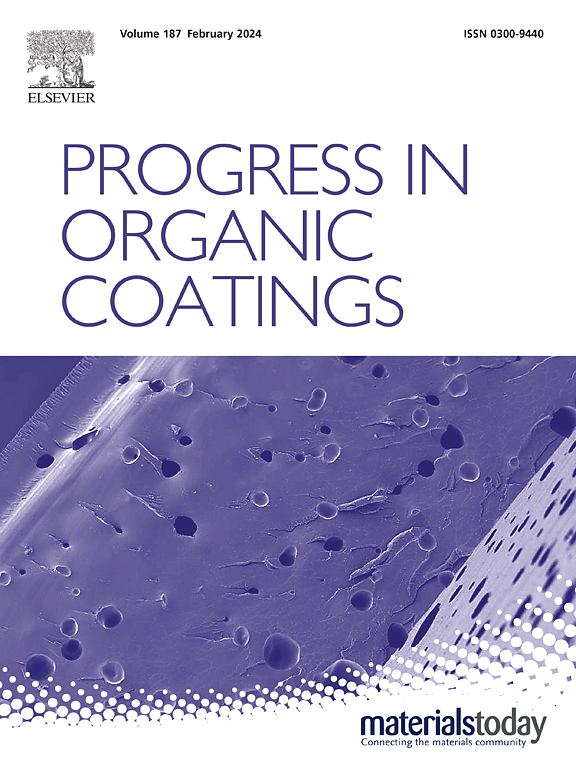CNC-reinforced regenerated cellulose coating: A novel approach to enhancing barrier and mechanical properties of cellulose-based packaging
IF 6.5
2区 材料科学
Q1 CHEMISTRY, APPLIED
引用次数: 0
Abstract
The broader application of cellulose-based packaging has been restricted by its inherent limitations in mechanical and barrier properties, despite the advantages of biodegradability and renewability. In this study, a cellulose-based composite packaging material was developed through the incorporation of an ultra-thin layer of silane-modified regenerated cellulose coating, which was reinforced with cellulose nanocrystals (CNCs), onto a cellulose-based substrate. This incorporation was achieved utilizing the practical and efficient Mayer bar coating technique. The composites, incorporating an ultra-thin coating, weighing just 0.4 g/m2, demonstrated notable enhancements in hydrophobicity, gas barrier properties, and mechanical characteristics compared to the untreated cellulose-based materials. The water contact angle of the composites reached up to 110.4°, indicating a significant shift towards hydrophobic surfaces. Furthermore, the water vapor transmission rate was reduced from 393.8 g/m2·d to 73.8 g/m2·d, while the oxygen permeability decreased by tens of times. Notably, the dry tensile index increased by 74.4 %, the wet tensile rose by a factor of 17.8, the burst index improved by 32.5 %, and the internal bond strength was enhanced by 94.3 %. The composites developed in this study demonstrate excellent barrier and mechanical properties, thereby expanding their potential applications in functional packaging.

求助全文
约1分钟内获得全文
求助全文
来源期刊

Progress in Organic Coatings
工程技术-材料科学:膜
CiteScore
11.40
自引率
15.20%
发文量
577
审稿时长
48 days
期刊介绍:
The aim of this international journal is to analyse and publicise the progress and current state of knowledge in the field of organic coatings and related materials. The Editors and the Editorial Board members will solicit both review and research papers from academic and industrial scientists who are actively engaged in research and development or, in the case of review papers, have extensive experience in the subject to be reviewed. Unsolicited manuscripts will be accepted if they meet the journal''s requirements. The journal publishes papers dealing with such subjects as:
• Chemical, physical and technological properties of organic coatings and related materials
• Problems and methods of preparation, manufacture and application of these materials
• Performance, testing and analysis.
 求助内容:
求助内容: 应助结果提醒方式:
应助结果提醒方式:


